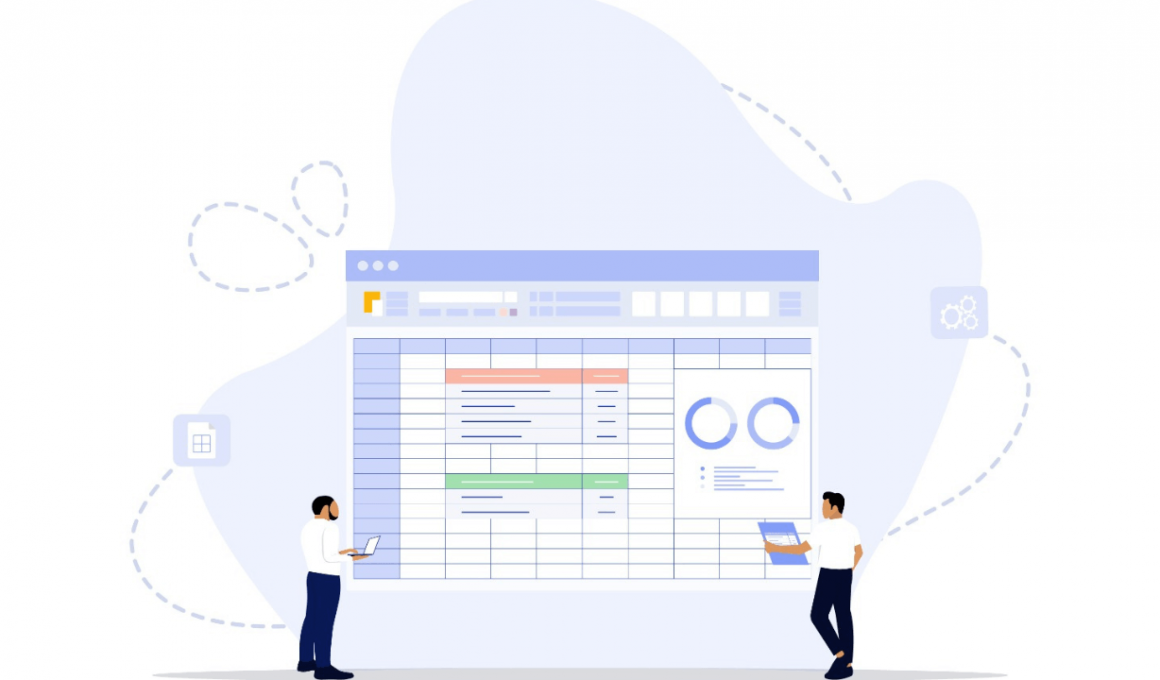Exploratory testing is a dynamic and innovative strategy for software testing that emphasizes the tester’s autonomy and duty to respond to evolving testing conditions. However, without a distinct direction or objective, it can be easy to get confused in a testing scenario without accomplishing any meaningful outcomes. And it is exactly here, that test charters come into play.
What is an Exploratory Test Charter?
A test charter is a high-level blueprint to help you streamline your testing efforts and adjust to unforeseen circumstances.
Benefits of Exploratory Test Charters

Creating an exploratory test charter can involve some effort and coordination, so why use them at all? Well, test specifications offer multiple advantages over scripted or ad hoc testing techniques.
- This process fosters critical thinking and ingenuity in order to investigate different elements and conditions of the tested software.
- Charters provide testing procedures with direction and structure by delineating provable objectives and constraints.
- Test charters enable interaction and cooperation between testers and partners by recording the intent and extent of each test session, permitting speedy feedback and learning via the capture of findings and insights.
- Lastly, exploratory test charters encourage continuous process enhancement and refinement. They permit reevaluation and amendment of test charters in accordance with findings.
How to Develop an Exploratory Test Charter
Fortunately, developing a test charter need not be a difficult or time-consuming process, as long as you are methodical and go about it correctly. You may utilize an outline or form that matches your requirements and preferences. We will share a free template for exploratory test charters that you can use right here in this article.
When developing a test charter, you must first assign the area or feature you are interested in testing, according to the specifications of the project, user narratives, risk evaluation, or other associated information.
Then, devise a test idea or query you wish to explore or respond to, following your natural curiosity, instinct, hypothesis, or previous experience. That is the core value proposition of exploratory testing over scripted testing!
In addition to defining the nature and goals of the testing session, you must additionally identify the resources as well as tools required to conduct the session. In addition to determining the hazards and hypotheses that could influence your test session, you also have to describe the anticipated results or deliverables.
Keep in mind that the charter is a “living” document and will evolve as you conduct the testing process.
Exploratory Test Charter Format (Free Template)
Your charter should have the following sections:
- Charter title/purpose: A one-sentence overview of the session’s intended outcomes.
- Testers: Include the names of all participants in the session.
- Date: These dates pertain to the length of the session.
- Duration: This is the period of time within which evaluators must conclude their examination.
- Scope: This section describes the application features that will be discussed during the session. You can expand this section by specifying what aspects aren’t going to be tested. This distinction can come in handy when dealing with elements that are densely interconnected inside an application.
- References: This optional section contains any additional data or assets that can help the tester in completing the task successfully.
Now, the exploratory test charter document passes from the test session owner to the individual testers, who are already listed. They will fill out the following fields:
- Test step documentation: Each test action must be recorded so that when a problem is discovered, it may be reproduced and rectified by the developers.
- Flagged issues: Here is a list of the identified and flagged defects uncovered throughout the session, in addition to an explanation of each.
- Notes: The tester can record test results that might be relevant to the session proprietor, programmers, or the product’s owners.
- Summary: The document concludes with an assessment of the test’s findings and overall findings.
Conclusion: How to Best Use Charters for Exploratory Testing

Employing a test charter isn’t a prescriptive or exacting process. It should be utilized as a versatile and adaptable guidebook for planning, executing, and assessing your test session.
Before beginning your test session, examine the session charter to ensure you are familiar with its scope, goals, and approach. During the testing session, make use of the charter as a framework to concentrate the testing efforts and investigate different routes and alternatives. However, do not allow it to inhibit your imagination or inquiry.
6